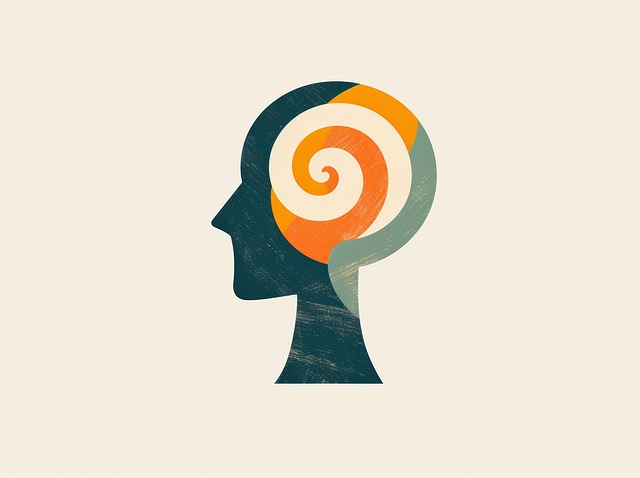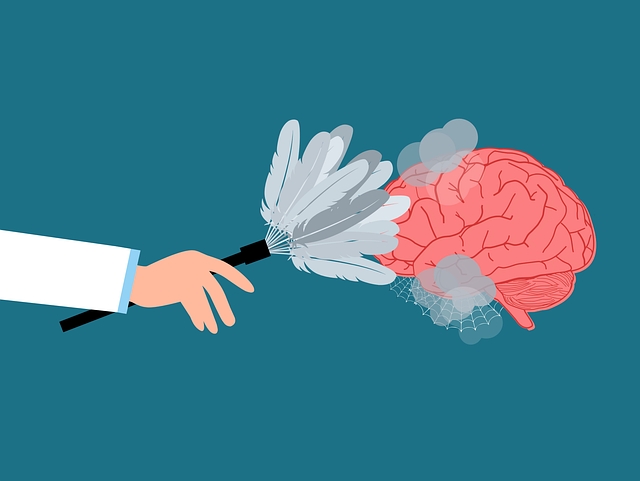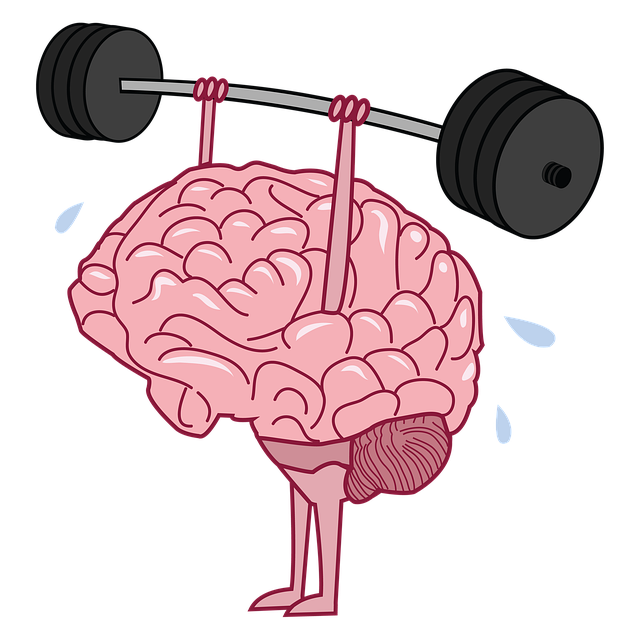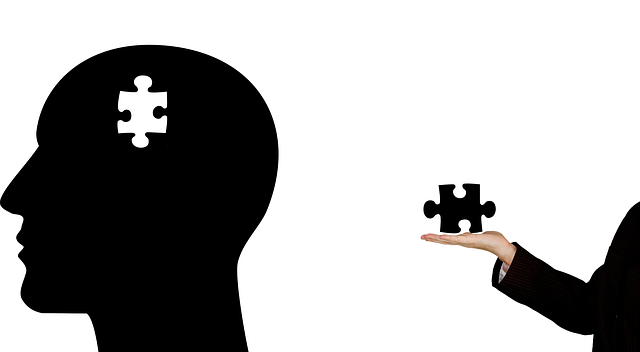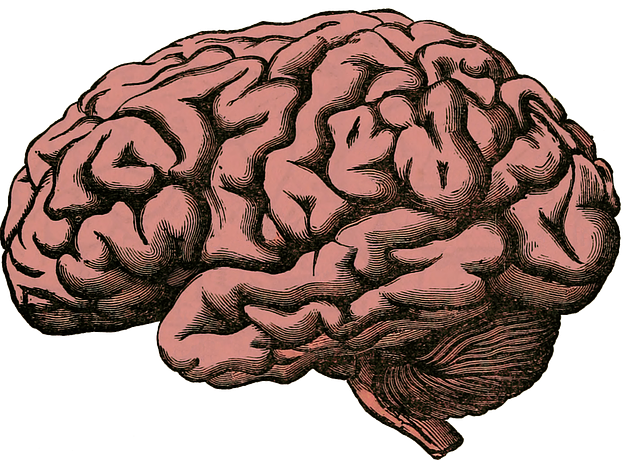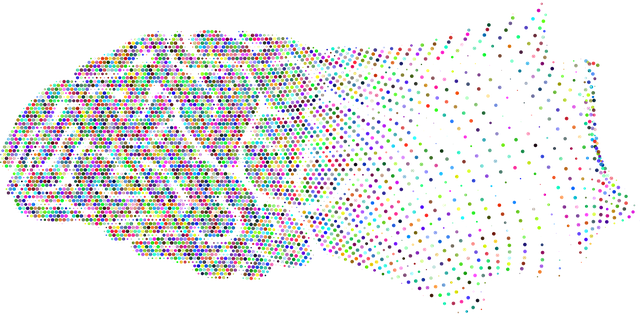Stress in children, often linked to behavioral changes like irritability or concentration issues, requires parents to recognize subtle signs. Early intervention through crisis guidance and tailored support like counseling or play therapy is crucial for emotional healing. Therapy for Children Divorce offers safe spaces for expression, focusing on emotional regulation, communication, and coping mechanism development. Behavioral techniques empower children with resilience-building strategies, improving self-esteem and mental fortitude. Supportive environments at home and school, with consistent routines and open communication, reduce stress and foster emotional well-being in these young individuals.
Stress reduction methods are vital for children’s well-being, especially those navigating parental divorce. This article offers a comprehensive guide to supporting young minds through challenging times. We explore ‘Understanding Stress in Children’ by recognizing subtle signs, and delve into effective therapy options tailored for divorce situations. Additionally, we present behavioral techniques fostering resilience and coping skills, alongside strategies for creating nurturing environments at home and school. By implementing these approaches, we can help children thrive amidst life’s storms.
- Understanding Stress in Children: Recognizing the Signs
- Therapy Options for Children After Divorce: A Compassionate Approach
- Behavioral Techniques to Foster Resilience and Coping Skills
- Creating a Supportive Environment at Home and School
Understanding Stress in Children: Recognizing the Signs

Stress in children can manifest differently from adults, often appearing as changes in behavior or mood. It’s crucial for parents and caregivers to recognize subtle signs such as irritability, withdrawal, difficulty concentrating, or dramatic changes in appetite. These indicators may point to underlying issues like anxiety, which can be exacerbated by life events such as therapy for children going through divorce.
Early intervention is key in addressing stress and anxiety relief in children. The right crisis intervention guidance can help them develop emotional healing processes that will serve them throughout their lives. By understanding these signs, parents can seek appropriate support, whether it’s counseling, play therapy, or other strategies tailored to the child’s needs.
Therapy Options for Children After Divorce: A Compassionate Approach

After a divorce, children often struggle with a range of complex emotions—confusion, anger, fear, and sadness. They may feel caught in the middle, trying to understand adult decisions that impact their lives significantly. This is where therapy can play a pivotal role in fostering emotional regulation and facilitating healthy mental wellness. It provides a safe space for kids to express themselves freely without judgment.
Therapy options tailored for children after divorce focus on helping them process their feelings, communicate effectively, and develop coping mechanisms. Through playtherapy or age-appropriate conversations, therapists guide young individuals through emotional healing processes. These sessions empower children to navigate the changes in their lives, build resilience, and ultimately, thrive despite the upheaval. By addressing their unique needs with compassion and understanding, therapy enables them to rebuild a sense of security and stability.
Behavioral Techniques to Foster Resilience and Coping Skills

Behavioral techniques play a pivotal role in fostering resilience and coping skills, especially for children navigating the complexities of their parents’ divorce. Therapy for Children Divorce often incorporates these strategies to help young minds cope with the emotional upheaval. By teaching them various behavioral techniques, such as problem-solving and stress management, kids gain valuable tools to navigate challenging situations.
These methods promote self-esteem improvement by encouraging children to identify their strengths and use them to overcome obstacles. Additionally, resilience building is a key focus, helping kids develop the mental fortitude to bounce back from difficult experiences. Emotional well-being promotion techniques, such as mindfulness exercises and positive self-talk, are also integrated into these behavioral strategies, ensuring children have healthy outlets for their emotions during and after divorce therapy.
Creating a Supportive Environment at Home and School

Creating a supportive environment at home and school is essential for stress reduction in children, especially those navigating therapy for divorce or other traumatic events. A calm and nurturing atmosphere can significantly impact a child’s emotional well-being. Parents and educators can foster this by incorporating practices that promote emotional intelligence and self-esteem improvement. Establishing consistent routines, setting clear boundaries, and encouraging open communication are effective strategies to build resilience in children.
In educational settings, teachers play a vital role in burnout prevention strategies for healthcare providers by creating safe spaces for students to express their feelings. This might involve incorporating mindfulness exercises or group activities that enhance emotional literacy. By implementing these approaches, home and school environments can transform into havens where children feel understood, valued, and empowered to manage stress effectively.
In addressing stress reduction methods, this article has explored several key strategies to help children navigate challenging situations, particularly after divorce. From recognizing stress signs to implementing behavioral techniques and creating supportive environments, each section offers valuable insights into fostering resilience and coping skills. By combining therapy options tailored for divorced families with compassionate approaches at home and school, parents and educators can significantly enhance a child’s ability to manage stress and thrive in their daily lives.
